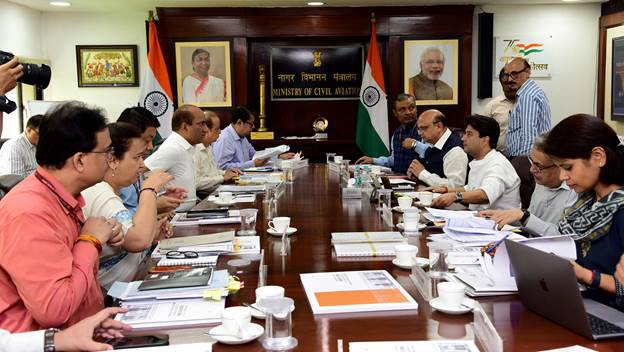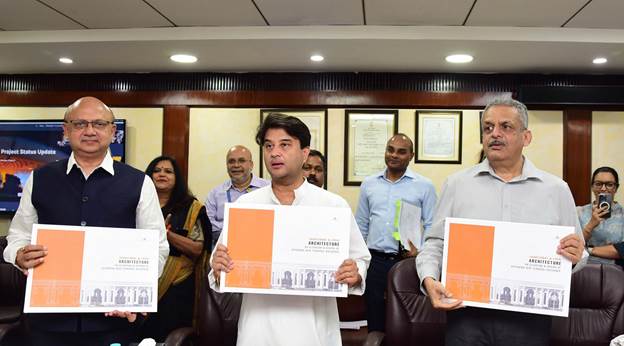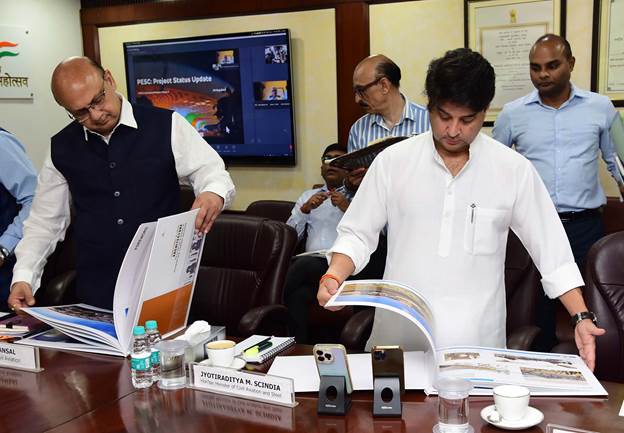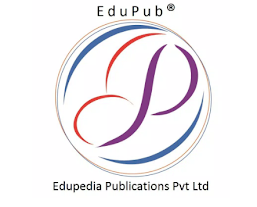Publishing a book review is an excellent way for scholars, researchers, teachers, and postgraduate students to engage with academic literature while building their own publication profile. EduPub offers a valuable and accessible platform for publishing high-quality book reviews across diverse disciplines, especially in education, social sciences, management, planning, sustainability, and allied fields.
Why Publish a Book Review?
Book reviews play a critical role in academic communication. They help readers understand the scope, relevance, and contribution of a book without reading it cover to cover. For early-career researchers and PhD scholars, book reviews serve as an entry point into academic publishing, enabling them to:
- Develop critical reading and analytical skills
- Gain visibility in academic and professional circles
- Strengthen their CV with a citable publication
- Contribute to scholarly dialogue and knowledge dissemination
Scope of Book Reviews Accepted at EduPub
EduPub welcomes original, critical, and well-structured book reviews of:
- Academic and research books
- Edited volumes and monographs
- Textbooks relevant to higher education
- Books on education, management, planning, architecture, social sciences, environment, sustainability, policy studies, and interdisciplinary themes
Reviews may cover books published by EduPub as well as reputed national and international publishers, provided the review is unbiased and scholarly.
Who Can Submit?
EduPub encourages submissions from:
- PhD scholars and research scholars
- Faculty members and educators
- Postgraduate and advanced undergraduate students
- Independent researchers and professionals
Both experienced academics and first-time contributors are welcome, making EduPub an inclusive platform for academic engagement.
Key Features of Publishing Book Reviews on EduPub
Some of the major opportunities and benefits include:
- Open-access publication, ensuring global visibility
- Rapid editorial screening compared to full-length research papers
- No or minimal publication charges (as per current policies)
- Author recognition with proper attribution and indexing support
- Opportunity to be featured on EduPub portals and academic networks
Published book reviews remain permanently accessible, allowing long-term academic impact.
Structure and Expectations of a Good Book Review
EduPub generally looks for book reviews that include:
- Complete bibliographic details of the book
- Clear overview of the book’s objectives, structure, and themes
- Critical evaluation of strengths and limitations
- Relevance for students, researchers, and practitioners
- Concluding remarks on the book’s contribution to the field
Reviews should maintain academic tone, originality, and ethical standards, avoiding excessive summarization or promotional language.
How to Submit Your Book Review
Authors can submit their book reviews through the official EduPub platform at www.edupub.org, following the submission guidelines provided on the website. Submissions are usually reviewed by the editorial team to ensure quality, relevance, and originality before publication.
Special Opportunity for Young Scholars
For emerging scholars, publishing a book review with EduPub is a strategic opportunity to:
- Begin their academic publishing journey
- Network with editors and fellow researchers
- Establish expertise in a specific subject area
- Prepare for future research article and book chapter submissions
Conclusion
EduPub provides a supportive and credible platform for publishing scholarly book reviews that contribute meaningfully to academic discourse. By offering open access, interdisciplinary reach, and encouragement to young researchers, EduPub helps transform critical reading into recognized academic output. For anyone looking to share informed perspectives on important academic books, EduPub presents a valuable and rewarding opportunity.



.jpg)
.jpg)




























